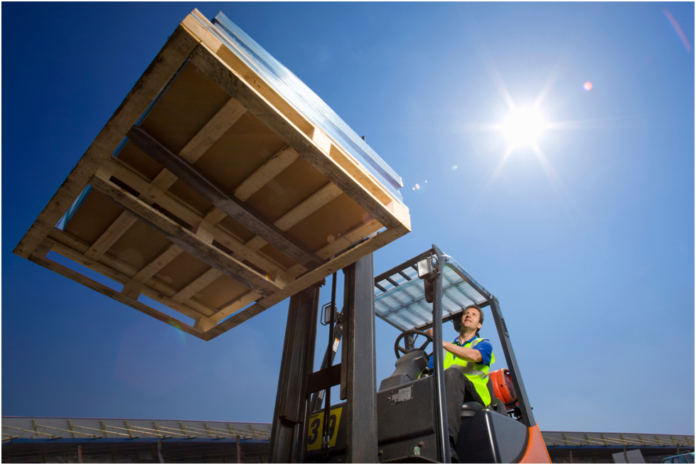Did you know that there are more than 3,000 industrial fatalities every year?
This is why it’s important to ensure your workplace is a safe environment. Especially if you handle heavy materials and use forklifts, drawing up safety procedures for your workplace often goes unthought and can result in serious accidents.
Are you struggling to come up with forklift safety procedures? After reading our comprehensive guide, you’ll be ready to write the checklist yourself.
Properly Inspect Your Forklift Before Operating
An operator must check the brakes, steering, horn, tires, and signals to make sure all are working properly. Visually inspect the vehicle’s frame, radiator, and hydraulic fluid for any fluid leak. Make sure the instrument panel is in good condition and replace any worn parts, as necessary.
Make sure that the forklift fluids are filled to the correct levels. Check to see that all safety guards and padding around the forks and cabin are in position. Finally, check the trailer hitch, lift arms and mast, and seat belt operation.
Drive Slowly and Follow Traffic Rules
Speed is often a primary contributing factor to forklift-related accidents. Implementing speed limits and clear traffic lanes can help reduce the risk of accidents and property damage. Additionally, it is important to adhere to traffic rules and slow down when needed.
Driving within speed limits and following traffic rules can help ensure the safety of operators and others around them. If you are considering hiring a forklift for your business, check here at https://liftequipt.com.au/forklift-hire-perth/. They offer a large selection of forklifts for rent for use with various material handling tools and applications.
Utilize Appropriate Safety Gear
Proper safety gear should include a seatbelt when available. This helps keep the operator in the forklift seat during emergency situations. Protective footwear should be worn, as it gives protection against any potential forklift-related injuries.
Additionally, non-slip gloves should also be utilized by operators to help maintain a firm hold and grip on the lift controls. Finally, helmets should be worn to protect operators from potential head injuries.
Utilize Load Stability to Prevent Overloading
Load stability minimizes the risk of unexpected shifts and focuses on even loading for a safe, stable ride. It also helps the operator to maintain proper balance when operating a forklift.
To establish stability, the load should be centered closer to the base of the carriage. It should not be higher than its center of gravity. Keeping it closer to the ground ensures no sudden shifts and prevents the vehicle from tipping over.
Furthermore, strapped loads should always have an even distribution of weight. Weighty components should also be evenly balanced on either side of the carriage. This will minimize any shifts or vibrations when moving or turning.
Forklift Safety Guidelines
Forklift safety is paramount to a successful workplace. Practicing these forklift safety tips will minimize forklift-related accidents. This will help you protect yourself, your team, and your equipment.
Make a commitment to creating a safe working environment and invest in proper training and equipment. Ensure everyone on the team follows these safety tips and drives a culture of safety.
If you find information on forklift safety helpful, read more of our articles to learn all you can.
























